Orders placed between Monday and Thursday before 12 PM will ship the same week. Orders placed after 12 PM on Thursday will be shipped the following Monday.
OSSC
Moonstone Oysters
Moonstone Oysters
Couldn't load pickup availability
Flavor Profile – Medium to strong brine with a sweet nutty finish.
Harvest Location – Point Judith Pond, Rhode Island
Growers – John and Cindy West of the Cedar Island Oyster Farm
Grow-out Method – Rack and Bag nursery; bottom culture grow-out harvested with modified bay-scallop dredges.
Flavor Influenced By:
Salinity – 28-32 parts per thousand salinity
Bottom Makeup – Clay and hard packed sand.
Share
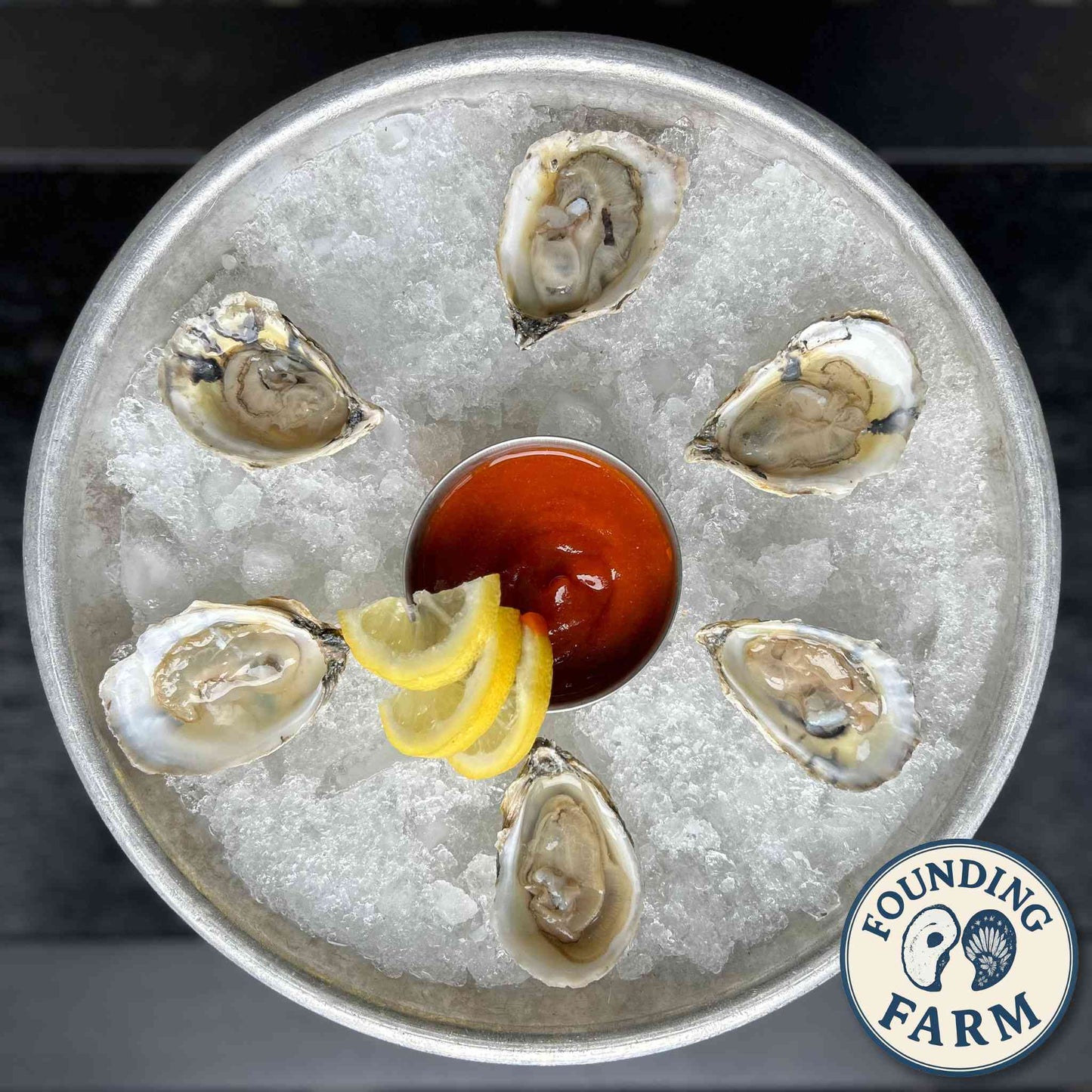
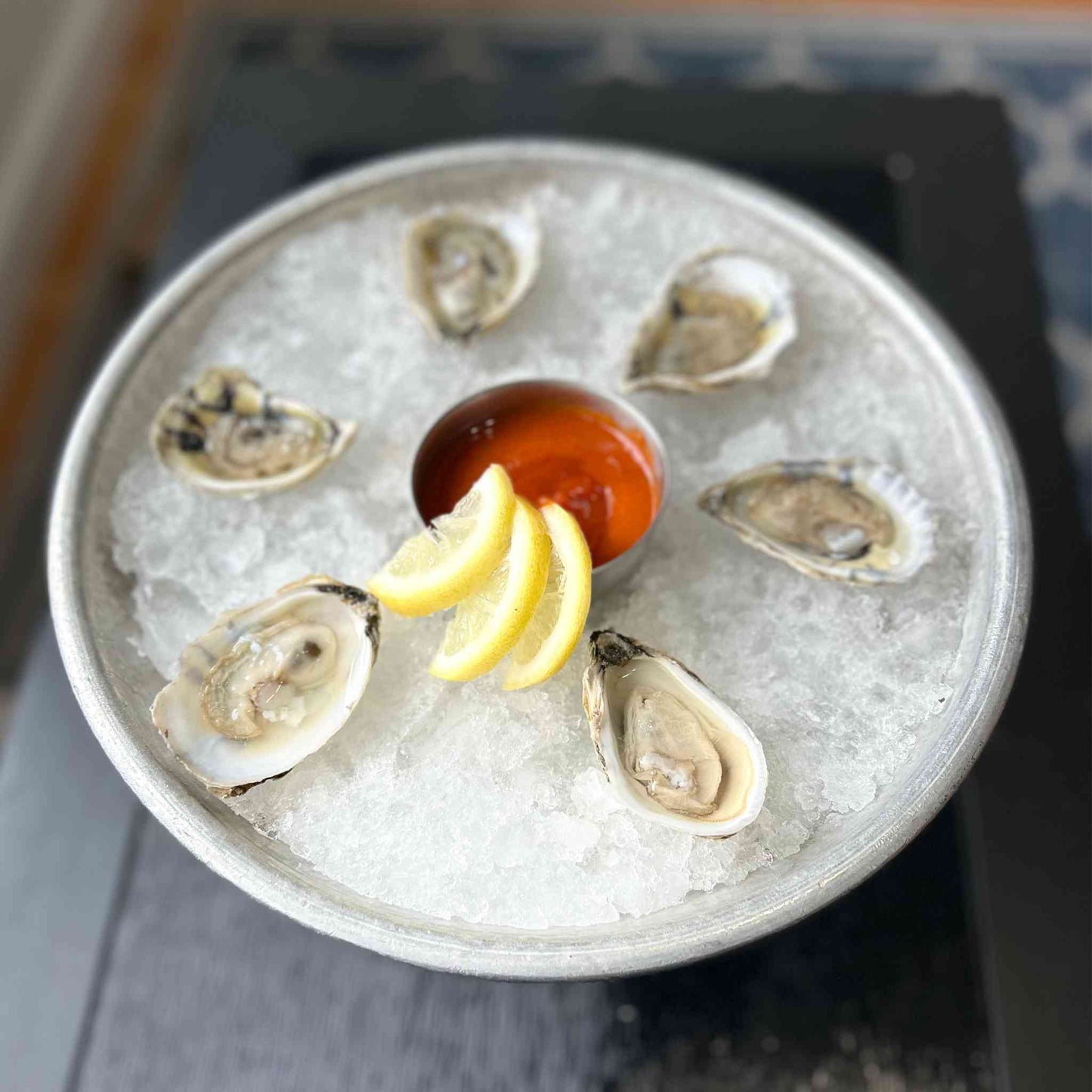
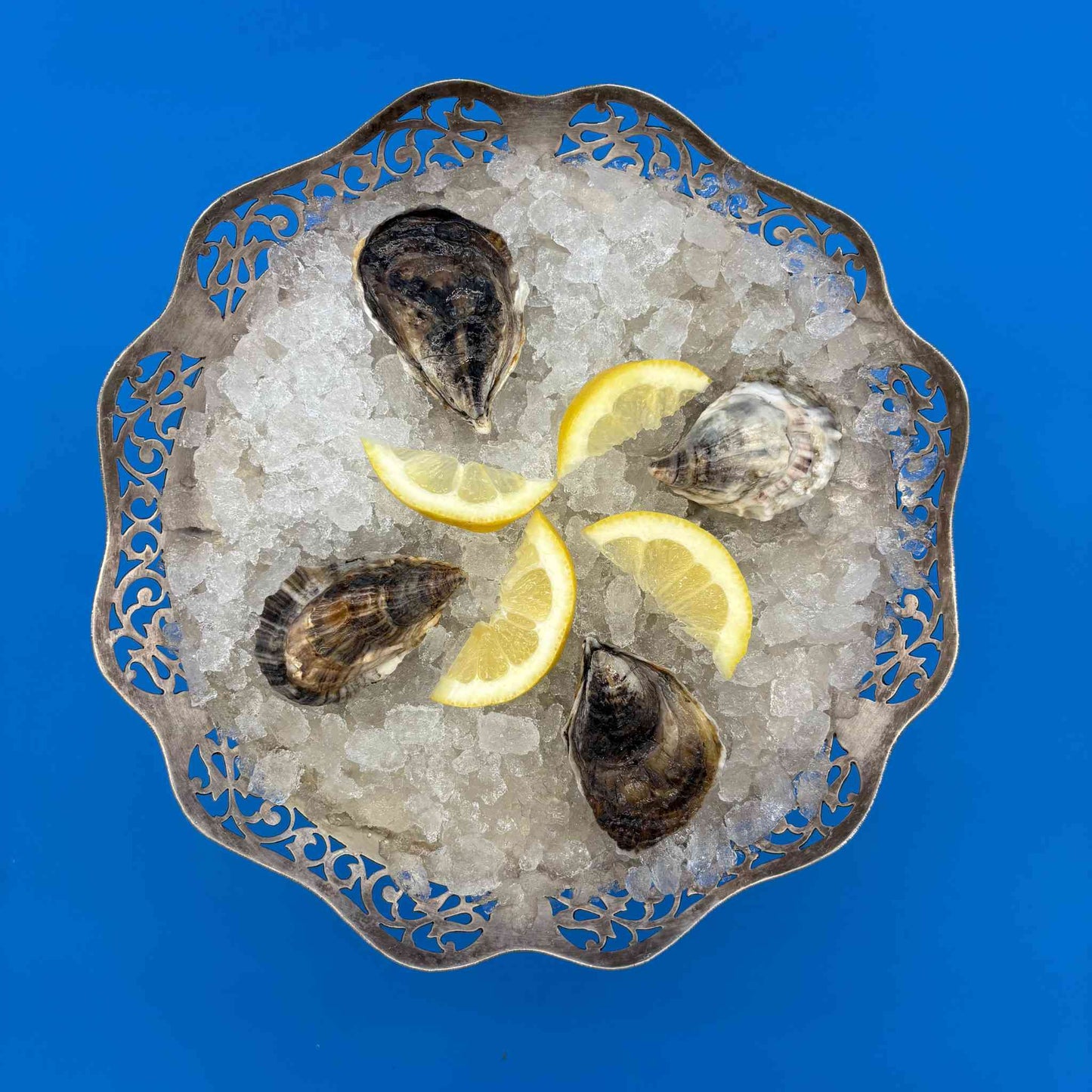
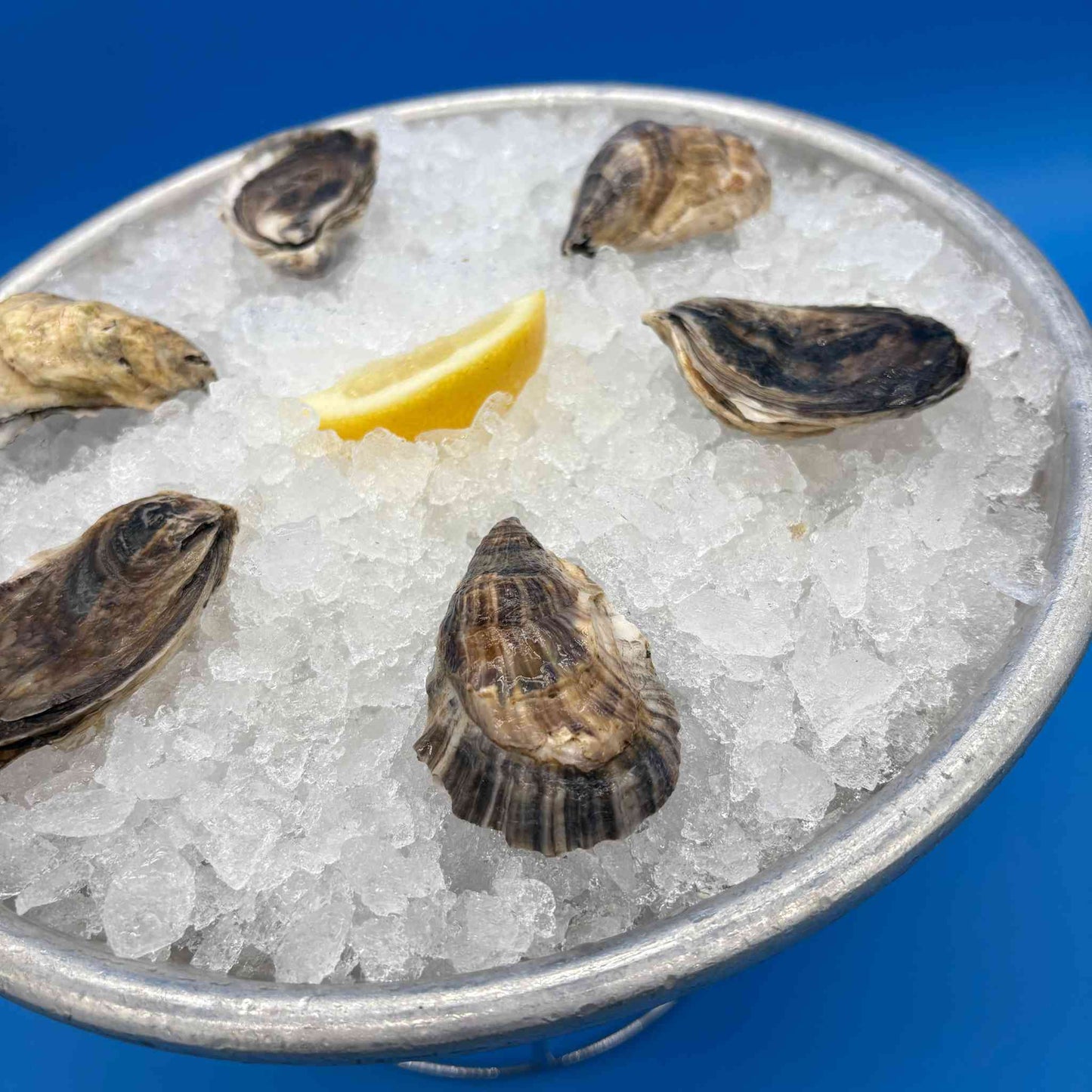
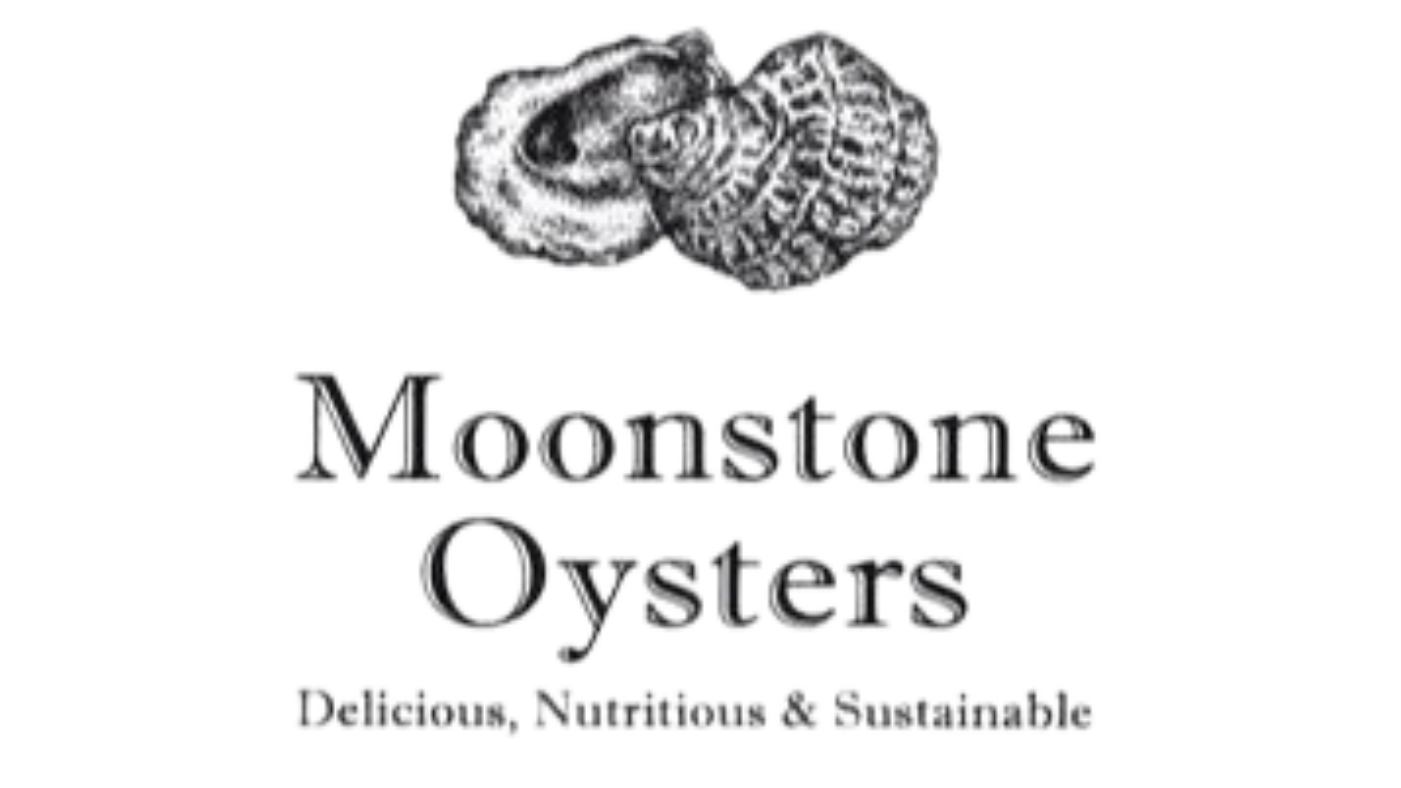
FAQS
Frequently Asked Questions
How do I store my oysters, and how long will they last?
Oysters should be stored at temperatures below 40°F (the average home refrigerator is about 38°F). When stored properly, they can last up to two weeks from the harvest date.
If an oyster feels or sounds hollow, or if the meat looks dry, it should be discarded. For best results, store oysters with the cupped side of the shell facing down (cup-up) to help retain the natural liquor inside, which extends shelf life.
Keep in mind that each oyster contains a little “sliver” of the ocean or estuary it was harvested from, adding to its unique flavor.
What varieties do you offer, and what’s the difference?
- Narragansett Bay Oysters: Formed during the last ice age, this area is a “drowned” river valley with a bedrock foundation. Oysters grown here have a strong mineral and oceanic salt flavor, with a subtle buttery or umami finish.
- Salt Pond Oysters: Grown in Rhode Island’s coastal salt ponds—brackish estuary lagoons where freshwater mixes with ocean water. These oysters are known for their briny, salty taste followed by a mild sweet or vegetal aftertaste.
Can I buy oysters year round?
Yes, our farmers harvest oysters all year long.
You may have heard the old saying, “Don’t eat oysters in months without an ‘R’” (May, June, July, August). This dates back to the late 1800s and early 1900s, when wild oysters were heavily harvested. Coastal communities began observing this practice during spawning season to help wild oyster populations recover.
If you're curious about the rich history of oyster fisheries in the U.S., we recommend The Big Oyster: History on the Half Shell by Mark Kurlansky.
How can I apply for a wholesale account?
We’d love to work with you! To apply for a wholesale account, you can either:
- Fill out our wholesale application form here
- Or contact us directly at sales@oceanstateoysters.com





